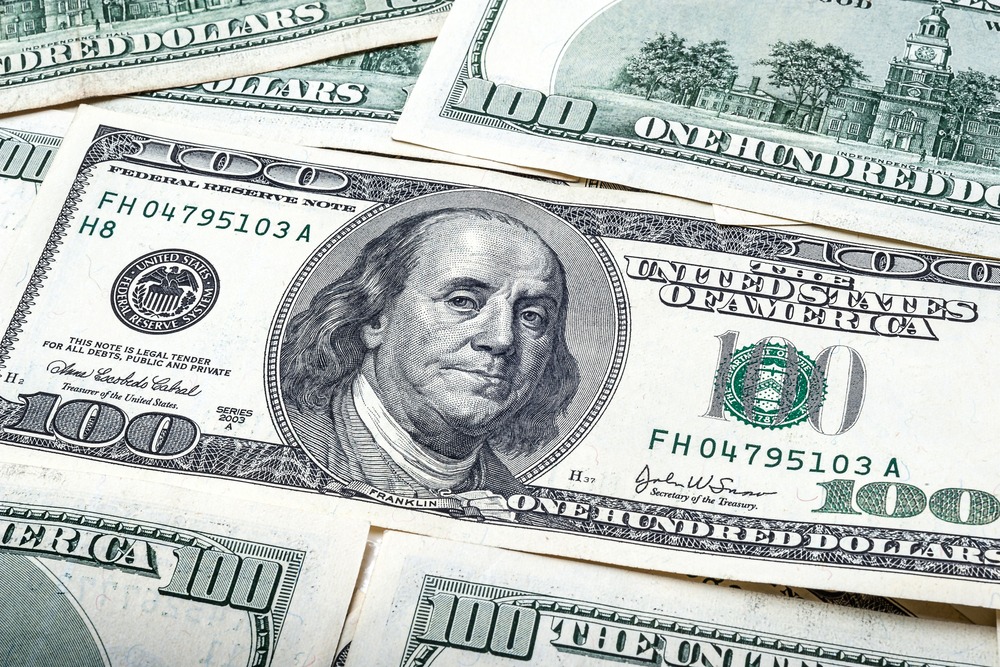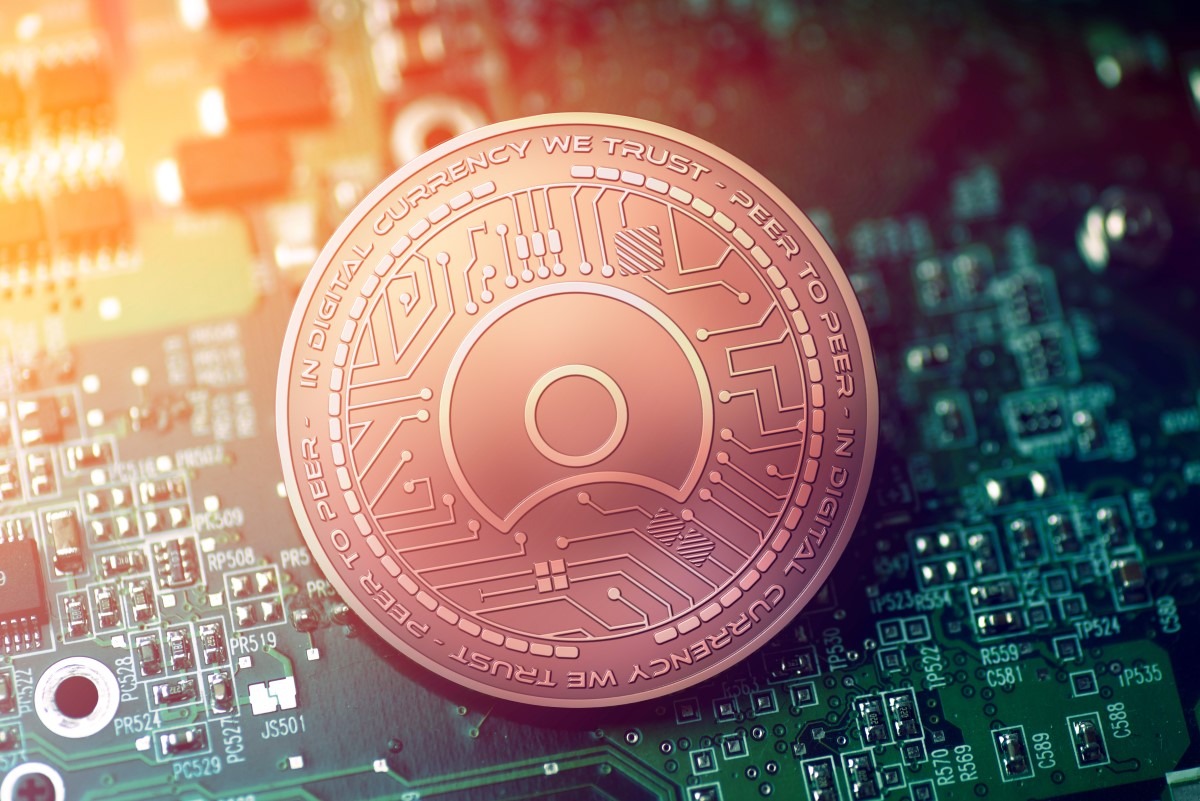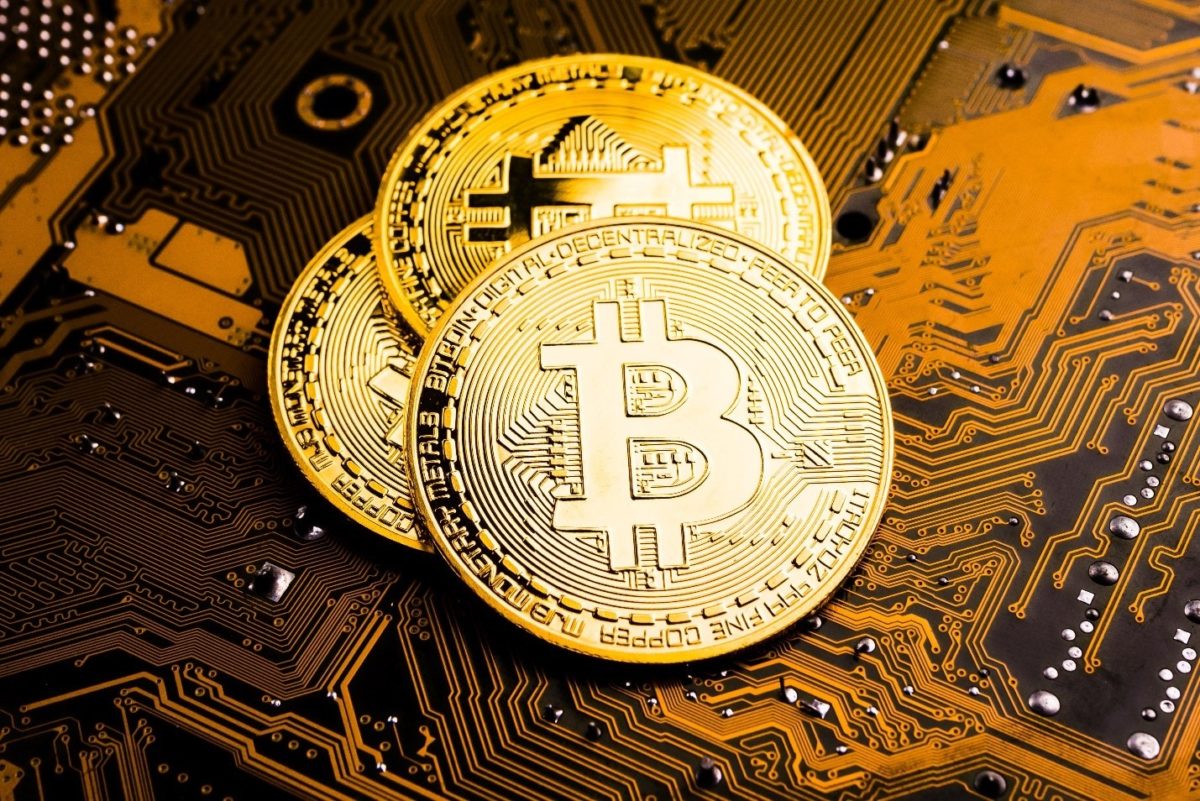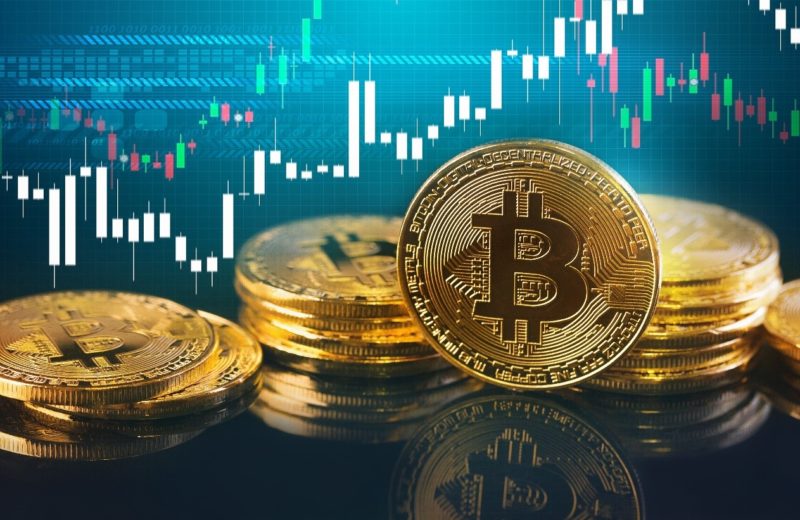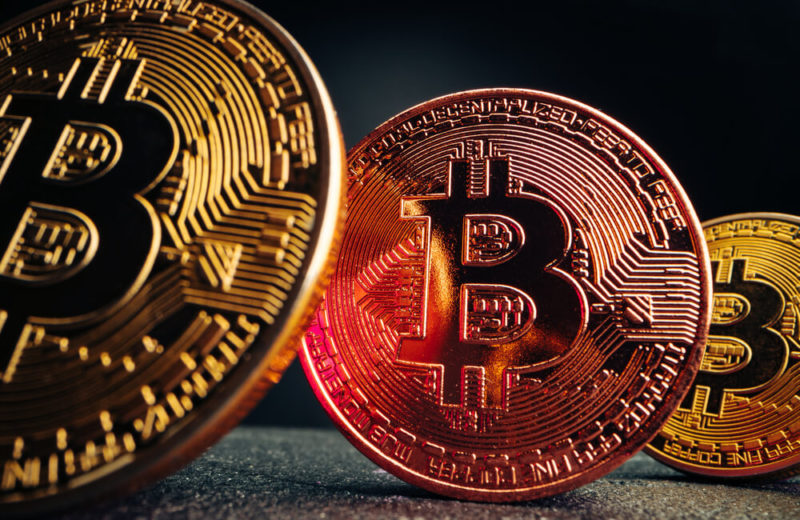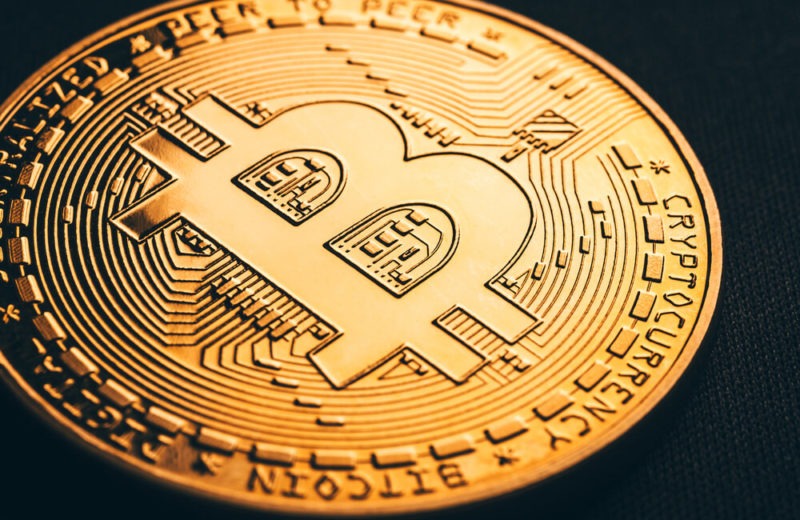Investors are looking for Federal Reserve to set the pandemic-era policy support before the central banks in Europe and Japan. As a result, the dollar is holding higher than the year peak in value.
Dollar Fluctuations
Before the Fed’s meeting, the moves were slow in Asia. The dollar was traded for 113.94 yen, lower than the peak of 114.69 in 2021.
The dollar was traded at $1.1578 per euro higher than the year’s record of $1.1522 per euro.
The U.S. dollar index held overnight and is now at 94.117.
The Fed is likely to make an announcement at 1800 GMT. This announcement is on the Fed’s tapering of a $120 billion-a-month asset purchase program.
Traders, on the other hand, are trying to estimate the possible effects and outcomes of this change in policy and the subsequent interest rate.
On October 2nd, the Australian Reserve Bank changed positions and abandoned its short-term yield target.
The bank later announced that its expectations of rates are to remain low by the year 2024. The Aussie had dropped in value as a result of the bank pushing back the prices for 2022 hikes.
The Aussie had a 1.2% decline against the dollar on Tuesday and remained at the $0.7430 level on Wednesday.
The kiwi also had a 1% decline. However, it didn’t fall any further and found support on Wednesday from strong labor data and set at $0.7123 level.
Outlook on near future currency market
The expectations of traders from the change in policies and Fed’s tightening will determine the Currency markets’ next moves and direction. At the moment, the assumption that the Fed funds rate won’t exceed 1.75% is keeping a relative order in the market.
Alan Ruskin, the Deutsche Bank strategist has said that the Fed Policies are now under challenges it has not faced in decades. He has also added that the
Inflation is rising with an economy that has been under a slowdown for the past 18 months, with zero nominal rates and negative real rates.
The dollar value was held back by rising expectations on faster-growing in the rest of the world. However, if the traders start assuming that more than a few rates will rise, the bubble will burst and there would be a risk on the way.
Experts believe that the market expectations on the terminal funds’ rate of 1.75% by the end of 2026 are too low, in case of two factors accruing: If the real economy’s expected resistance of the rate fluctuations is correct, and inflation acts similarly resilient.


